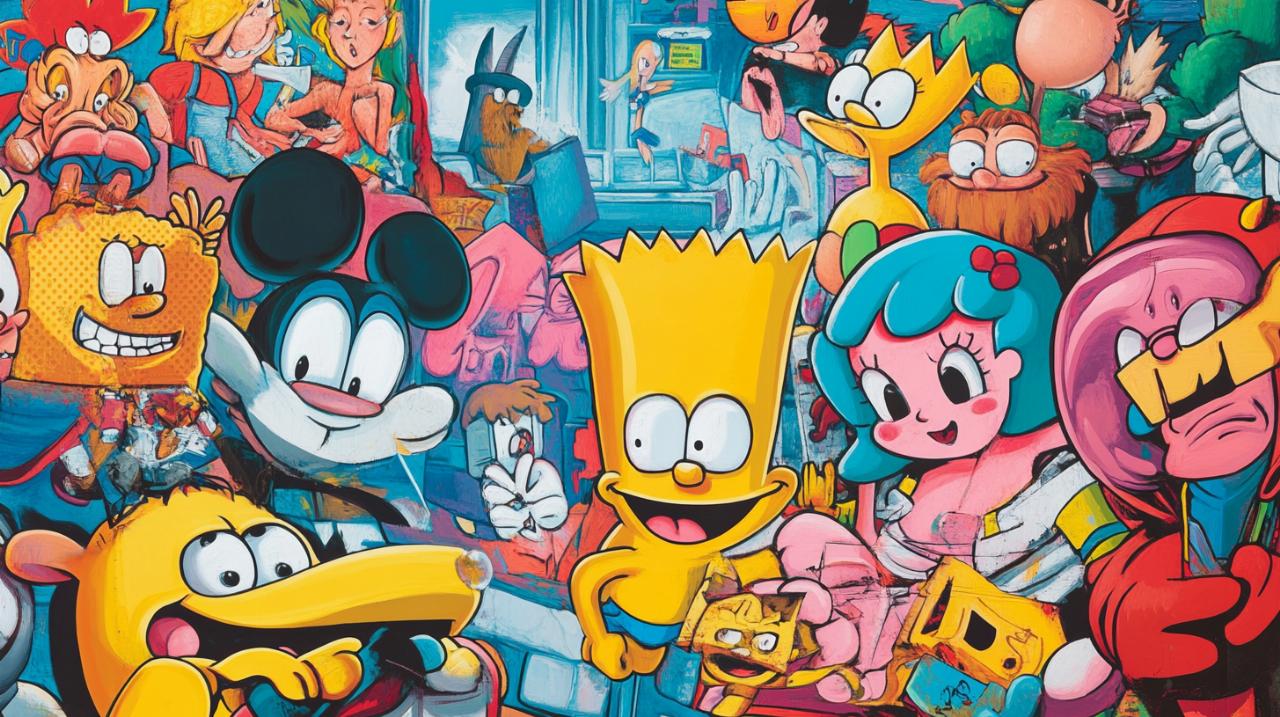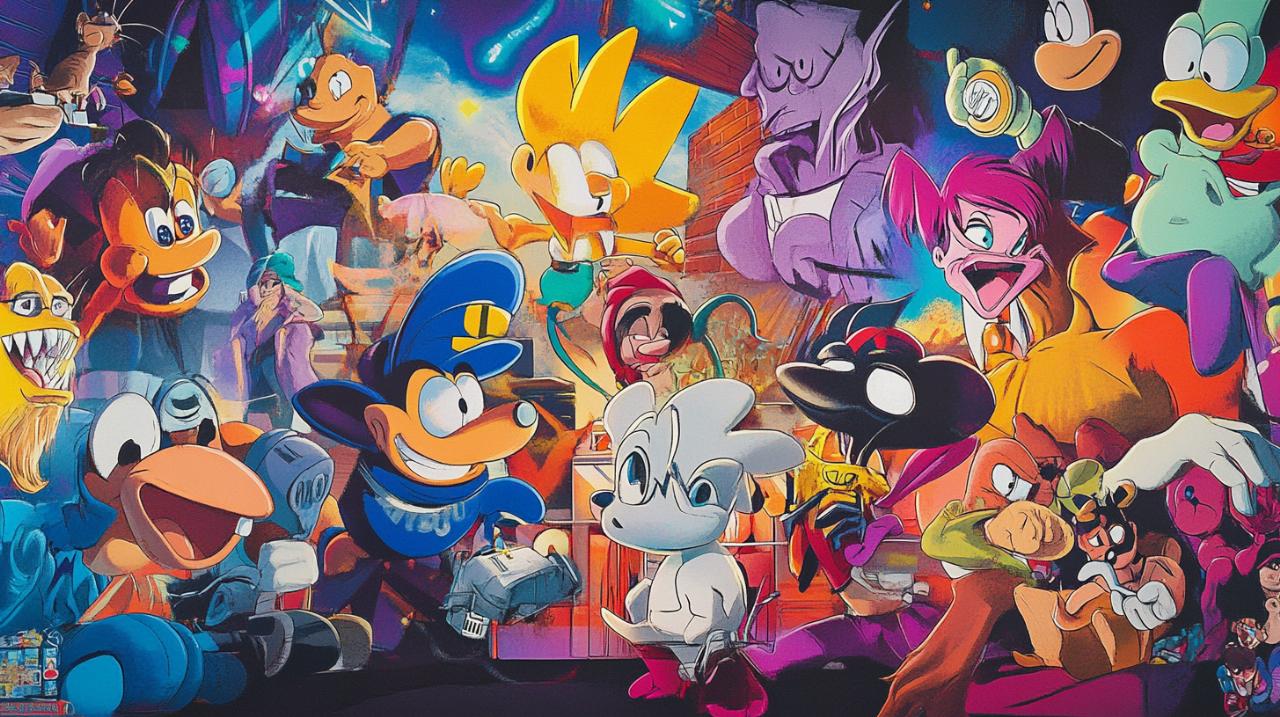There's something rather special about the animated programmes that graced our television screens during the 1990s, and it's not merely sentimentality that keeps them fresh in our collective memory. These shows arrived at a remarkable juncture in television history, when investment in original content and technological innovation converged to create something truly extraordinary. Today, decades after their initial broadcast, they continue to capture the imagination of both those who remember them fondly and entirely new audiences discovering them for the first time. The enduring affection for these programmes speaks to something deeper than simple childhood recollection, revealing layers of cultural significance that remain relevant in our contemporary media landscape.
The golden era: what made 90s cartoons so brilliant
Revolutionary animation techniques that defined a generation
The 1990s represented a genuine watershed moment for animated television, marking what many consider a golden age for the medium. This transformation didn't occur by happenstance but resulted from substantial investments in original content by television networks and remarkable advances in animation technology. Digital tools emerged that allowed animators to craft increasingly elaborate and visually diverse programmes, moving far beyond the limited styles that had previously dominated children's television. These technological developments meant that studios could experiment with different artistic approaches, from the dark, atmospheric aesthetic of Batman: The Animated Series to the bright, irreverent visual style that defined programmes on emerging channels.
The rise of dedicated animation channels such as Nickelodeon and Cartoon Network fundamentally altered the broadcasting landscape. Rather than relegating animated content to brief Saturday morning slots, these channels created entire universes of programming that ran throughout the week. This shift allowed for more ambitious storytelling and character development, as creators knew their work would reach audiences consistently rather than competing for limited airtime. The increased platform availability meant that animation could attract greater production budgets and more talented writers, directors, and voice actors who recognised the medium's expanding potential. This period saw animation transform from something perceived primarily as children's entertainment into a legitimate art form capable of addressing complex themes whilst maintaining broad appeal.
Storytelling magic: how 90s programmes captured young hearts
Beyond technical achievements, the true brilliance of nostalgic cartoons from the 90s lay in their remarkable ability to weave compelling narratives that resonated across age groups. These programmes didn't condescend to their audience but instead trusted young viewers to engage with sophisticated storylines involving genuine moral complexity. Shows taught fundamental values such as honesty, empathy, and courage through characters who faced meaningful challenges rather than simplistic problems with obvious solutions. This approach to storytelling created emotional investment that simple entertainment could never achieve, forging connections between viewers and characters that would endure long after the final credits rolled.
The diverse array of characters introduced during this era allowed countless children to find someone with whom they could identify. Whether drawn to the action-packed adventures brought to children's television by programmes like X-Men and Dragon Ball GT, or preferring the more domestic situations presented in other shows, viewers found representation that spoke to their own experiences and aspirations. Cultural icons emerged from this period whose influence extended far beyond their original programmes. Characters such as Goku, Pikachu, and Homer Simpson transcended their animated origins to become recognisable symbols known even to those who never watched their respective shows. This widespread cultural penetration demonstrated that these programmes had achieved something extraordinary, creating mythology that resonated with fundamental human experiences regardless of the fantastical settings in which the stories unfolded.
Why we're still mad about 90s cartoons today

The comfort factor: revisiting childhood favourites in modern times
The continued affection adults harbour for these animated programmes reflects something more profound than mere nostalgia for simpler times. These shows provided formative experiences during crucial developmental years, creating associations with feelings of security, wonder, and possibility that remain potent decades later. In an increasingly complex and often overwhelming world, revisiting these programmes offers genuine comfort, transporting viewers back to moments when life felt more manageable and the future seemed full of endless potential. This emotional connection has created a substantial market for products related to these programmes, from collectibles and memorabilia to clothing and home décor featuring beloved characters.
The advent of streaming platforms has fundamentally changed how audiences access these programmes, introducing them to entirely new generations whilst making them readily available to those seeking to revisit childhood favourites. This accessibility has sparked renewed interest across demographics, with families discovering that they can share these shows together, passing down not merely entertainment but the values and memories associated with them. The cross-generational appeal of these programmes demonstrates their timeless quality, as storytelling and character development that resonated thirty years ago continue to engage contemporary viewers. Parents find themselves delighted to discover that their children respond to the same characters and situations that captivated them, creating shared experiences that strengthen family bonds whilst introducing younger viewers to programmes that shaped their parents' childhoods.
Cultural impact: how 90s animation influences contemporary media
The influence of 1990s animation extends far beyond nostalgia, actively shaping contemporary entertainment in ways both obvious and subtle. Modern animated programmes frequently pay homage to their predecessors through visual references, character archetypes, and narrative structures that originated during this golden era. These callbacks serve multiple purposes, rewarding long-time fans who recognise the references whilst introducing newer audiences to the rich history of the medium. Shows like South Park revolutionised what animation could achieve in terms of social commentary and cultural critique, demonstrating that the medium could address current events and controversial topics with the same sophistication as any live-action programme aimed at adult audiences.
Contemporary creators openly acknowledge the artistic inspiration they draw from 1990s animation, citing specific programmes that influenced their own work. This ongoing dialogue between past and present ensures that the innovations and achievements of that era continue to inform and elevate modern animation. Reimagined adaptations of classic programmes appear regularly, attempting to capture the magic of the original whilst updating elements for contemporary sensibilities and diverse representation that reflects our evolving cultural values. Fan events celebrating these programmes draw substantial crowds, demonstrating that the community surrounding 1990s animation remains vibrant and engaged. The educational impact of these shows shouldn't be overlooked either, as many adults credit specific programmes with sparking interests in science, history, literature, or art that shaped their educational and professional paths. This lasting influence on individual lives and broader cultural development cements the legacy of 1990s animation as something far more significant than simple children's entertainment, revealing it instead as a formative cultural force whose impact continues to unfold with each passing year.







